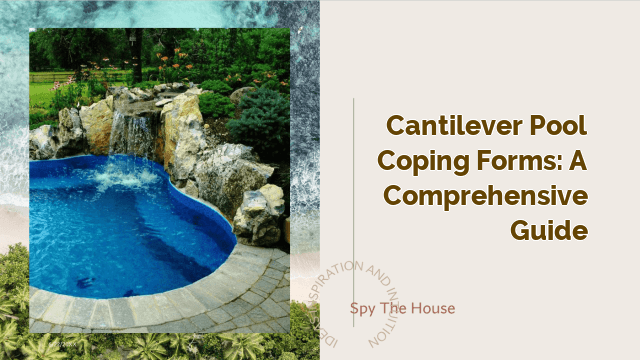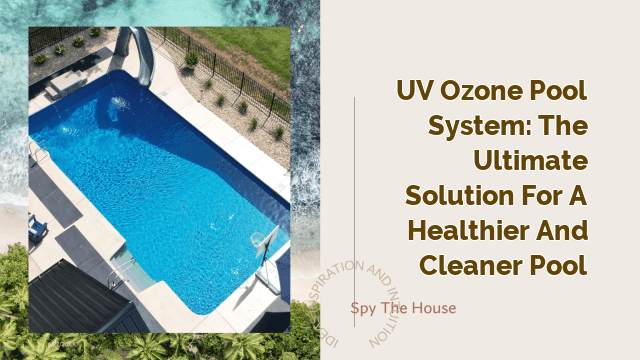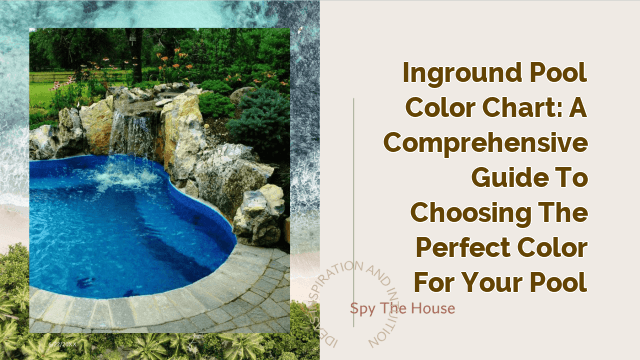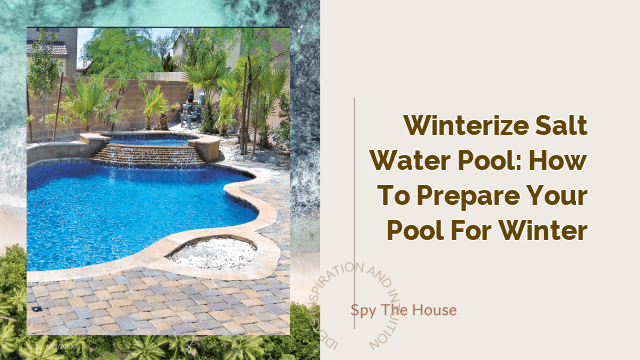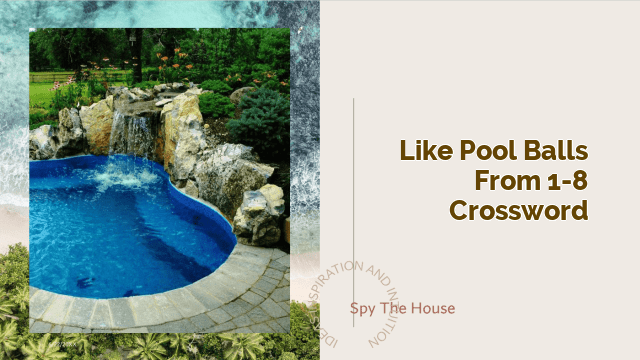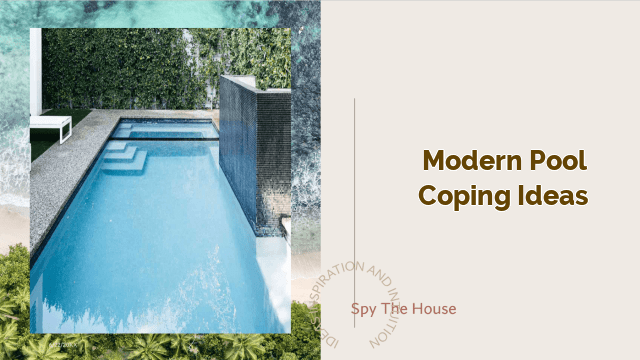Cantilever Pool Coping Forms: A Comprehensive Guide
Have you ever heard of cantilever pool coping forms? If you’re not familiar with them, don’t worry – they’re not exactly a household name. However, if you’re planning on building a pool or renovating an existing one, you’ll definitely want to know what they are and how they work. In this comprehensive guide, we’ll take a deep dive into everything you need to know about cantilever pool coping forms.
What are Cantilever Pool Coping Forms?
Cantilever pool coping forms are a type of formwork used in the construction of swimming pools. Specifically, they are used to create the coping – the edge of the pool that extends beyond the waterline. The term “cantilever” refers to the fact that the coping extends out from the pool without any visible means of support underneath.So how do cantilever pool coping forms work? Essentially, they are a type of mold that is used to create the shape of the coping. The forms are made from a variety of materials, including plastic, foam, and metal. They are placed on top of the pool wall and secured in place using a variety of methods, including clamps, screws, and adhesives.Once the forms are in place, concrete is poured into the space between the forms and the pool wall. The concrete is allowed to cure, and then the forms are removed to reveal the finished coping. The result is a smooth, seamless edge that extends beyond the waterline and provides a comfortable place for swimmers to rest their arms.
Benefits of Cantilever Pool Coping Forms
So why should you consider using cantilever pool coping forms in your pool construction or renovation project? There are several key benefits to using these forms:👍 They create a smooth, seamless edge that is comfortable for swimmers to rest their arms on.👍 They provide a clean, finished look to the pool that can enhance the overall aesthetic.👍 They are relatively easy to install and can be customized to fit the specific needs of your pool.👍 They can be made from a variety of materials, allowing you to choose the option that best fits your budget and preferences.
Types of Cantilever Pool Coping Forms
There are several different types of cantilever pool coping forms to choose from. Some of the most common options include:
Plastic Forms
Plastic forms are a popular choice for cantilever pool coping because of their affordability and ease of use. They are typically made from a high-density polyethylene material that is both lightweight and durable. Plastic forms come in a variety of shapes and sizes, allowing you to create a customized look for your pool.
Foam Forms
Foam forms are another option for cantilever pool coping. They are typically made from expanded polystyrene (EPS) foam, which is lightweight and easy to work with. Foam forms can be shaped to fit any design, making them a great choice for pools with unique or unusual shapes.
Metal Forms
Metal forms are the most durable option for cantilever pool coping. They are typically made from aluminum or steel, and can be reused multiple times. Metal forms are a good choice for large or complex pool designs, as they can be custom-fabricated to fit any shape or size.
Installation Process
The installation process for cantilever pool coping forms can vary depending on the type of forms you are using. However, there are some basic steps that are typically involved:
Step 1: Prepare the Pool Wall
Before you can install the forms, the pool wall must be prepared. This typically involves cleaning the wall and removing any debris that may interfere with the installation process.
Step 2: Set the Forms in Place
Once the pool wall is prepared, the forms can be set in place. This may involve using clamps, screws, or other methods to secure the forms to the wall.
Step 3: Pour the Concrete
Once the forms are in place, concrete can be poured into the space between the forms and the wall. The concrete should be poured in stages, with each stage allowed to cure before the next is added.
Step 4: Remove the Forms
After the concrete has cured, the forms can be removed to reveal the finished coping. This should be done carefully to avoid damaging the newly poured concrete.
Maintenance and Care
Once your cantilever pool coping forms are installed, it’s important to take good care of them to ensure they last as long as possible. Here are some tips to keep in mind:💡 Regularly clean the coping using a mild detergent and a soft-bristled brush.💡 Avoid using harsh chemicals or abrasive cleaners, as these can damage the surface of the coping.💡 Check the coping regularly for signs of damage, such as cracks or chips. If you notice any issues, have them repaired as soon as possible to prevent further damage.
People Also Ask
What is cantilever coping?
Cantilever coping is the term used to describe the edge of a swimming pool that extends beyond the waterline without any visible means of support underneath.
What are pool coping forms?
Pool coping forms are a type of formwork used to create the coping – the edge of the pool that extends beyond the waterline. Cantilever pool coping forms are a specific type of pool coping form that are used to create a seamless edge that extends beyond the waterline without any visible means of support.
What is the purpose of pool coping?
The purpose of pool coping is to provide a finished edge around the pool that is comfortable for swimmers to rest their arms on. It also helps to protect the pool wall from damage caused by exposure to the elements.
How do you install pool coping?
The installation process for pool coping can vary depending on the type of coping you are using. However, it typically involves preparing the pool wall, setting the coping in place, and securing it using a variety of methods.
Conclusion
Cantilever pool coping forms may not be the most well-known pool construction tool, but they are an essential component of any pool project. By providing a smooth, seamless edge that extends beyond the waterline, these forms can enhance both the aesthetic and functionality of your pool. Whether you’re building a new pool or renovating an existing one, be sure to consider using cantilever pool coping forms for the best possible results.
